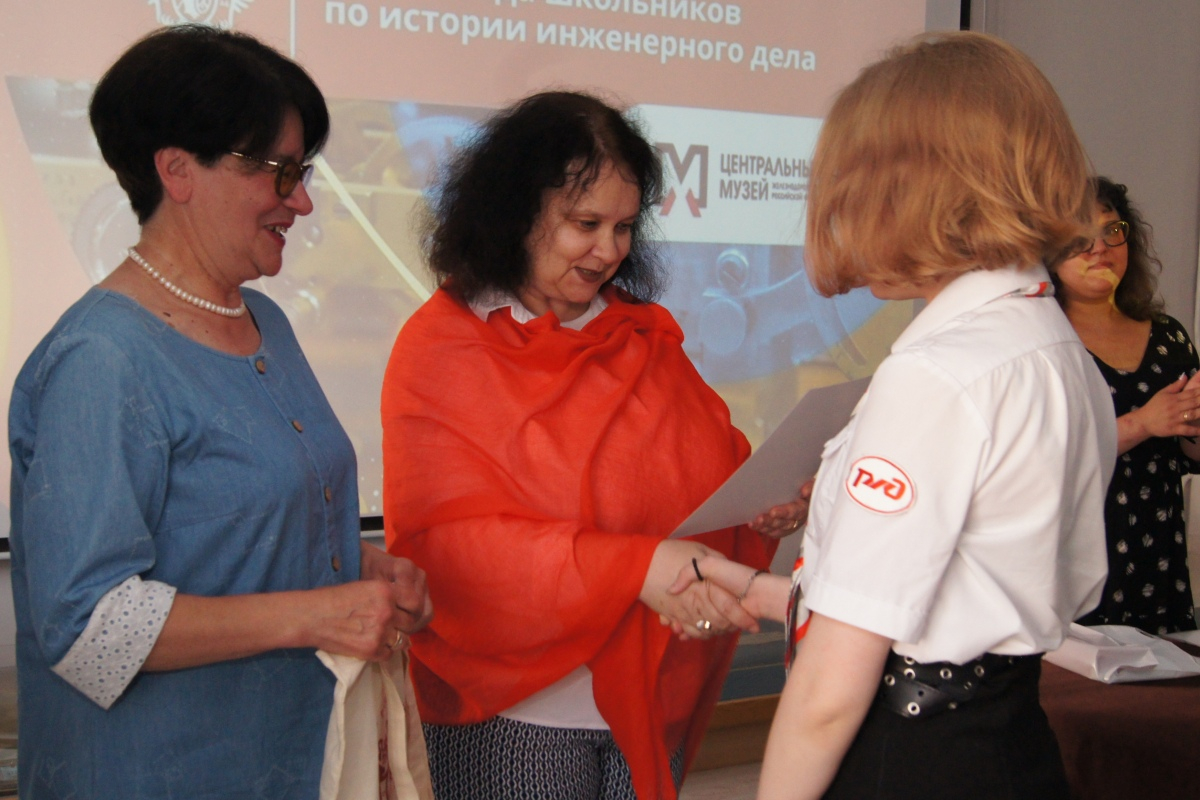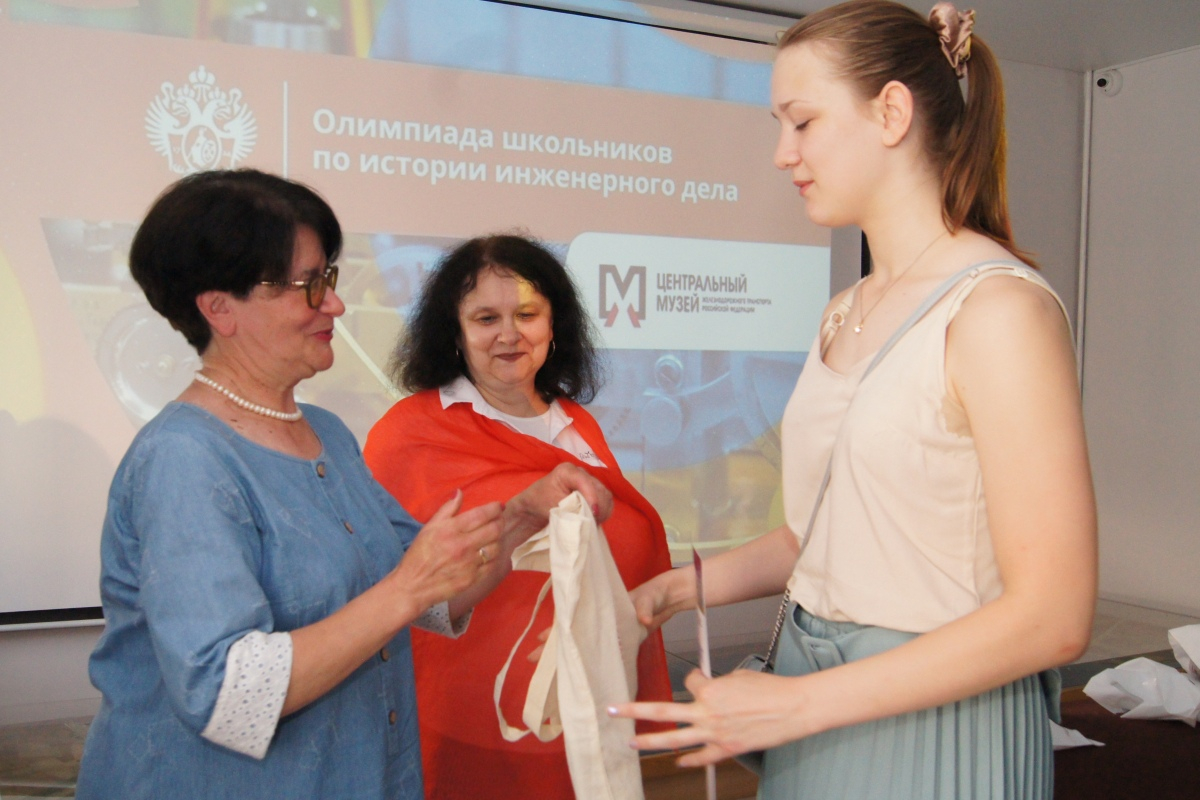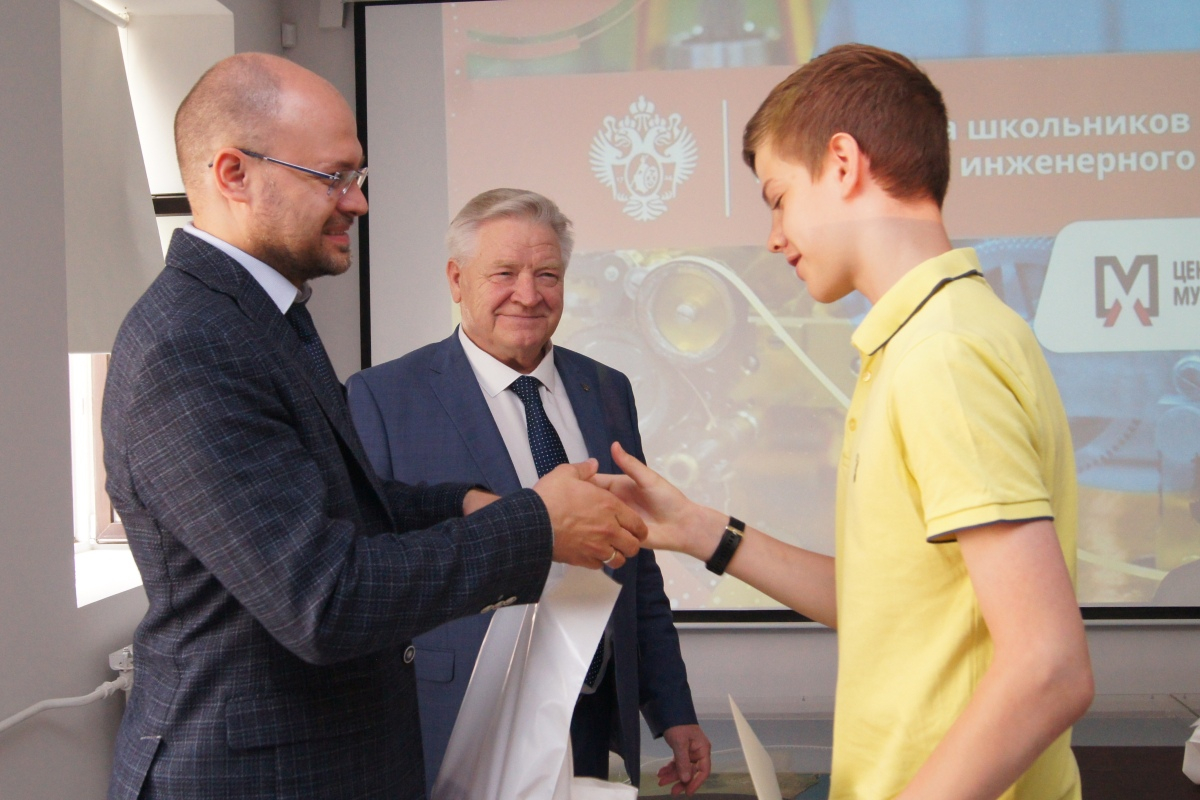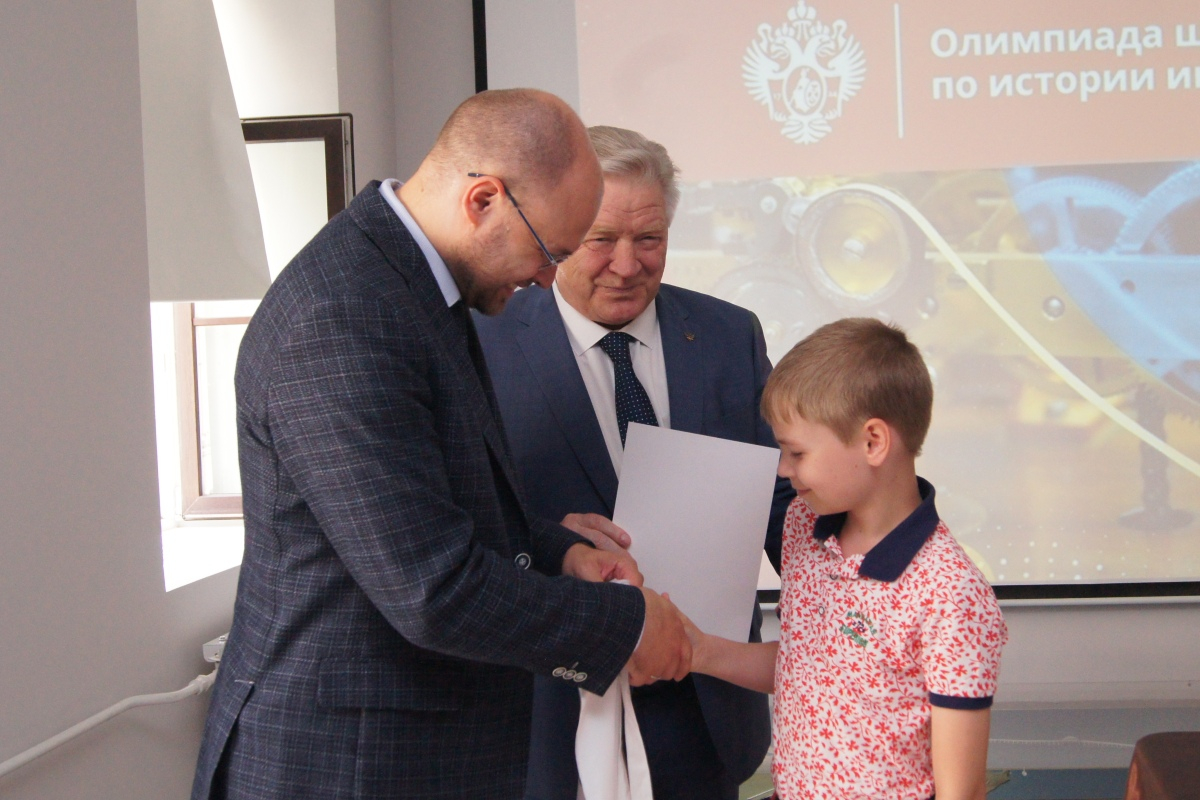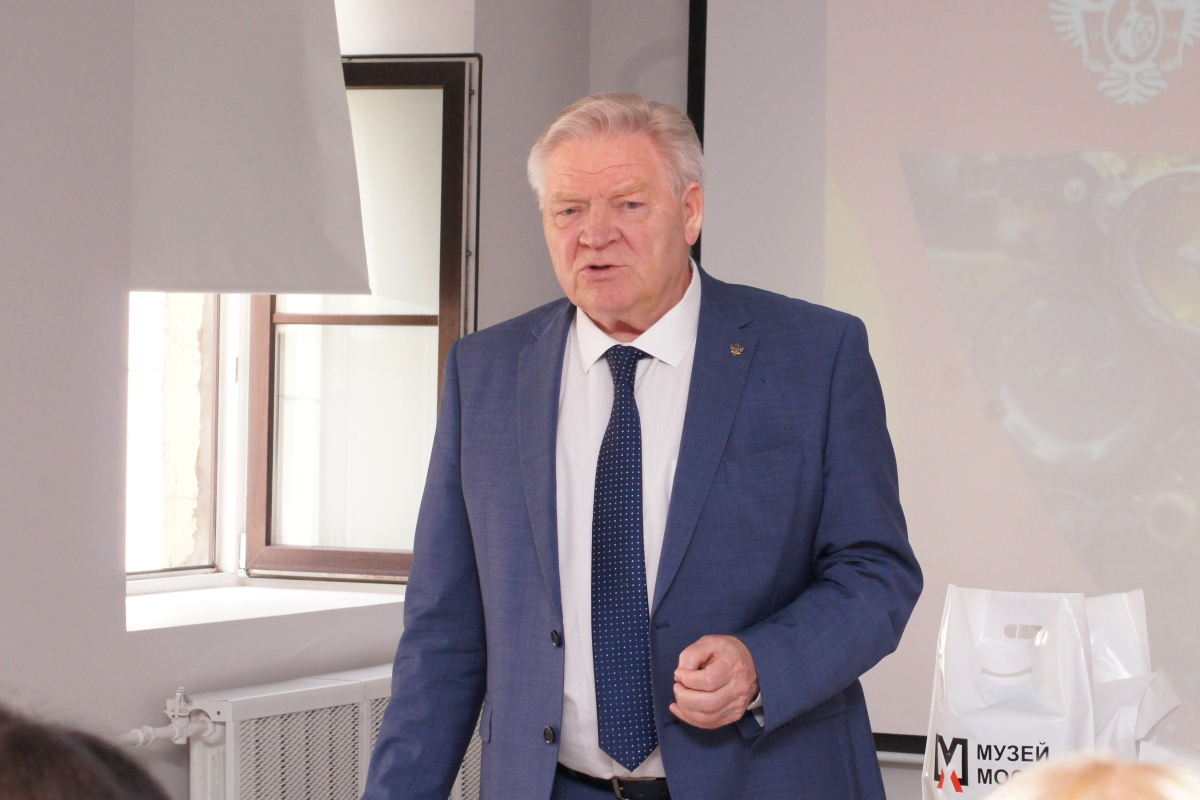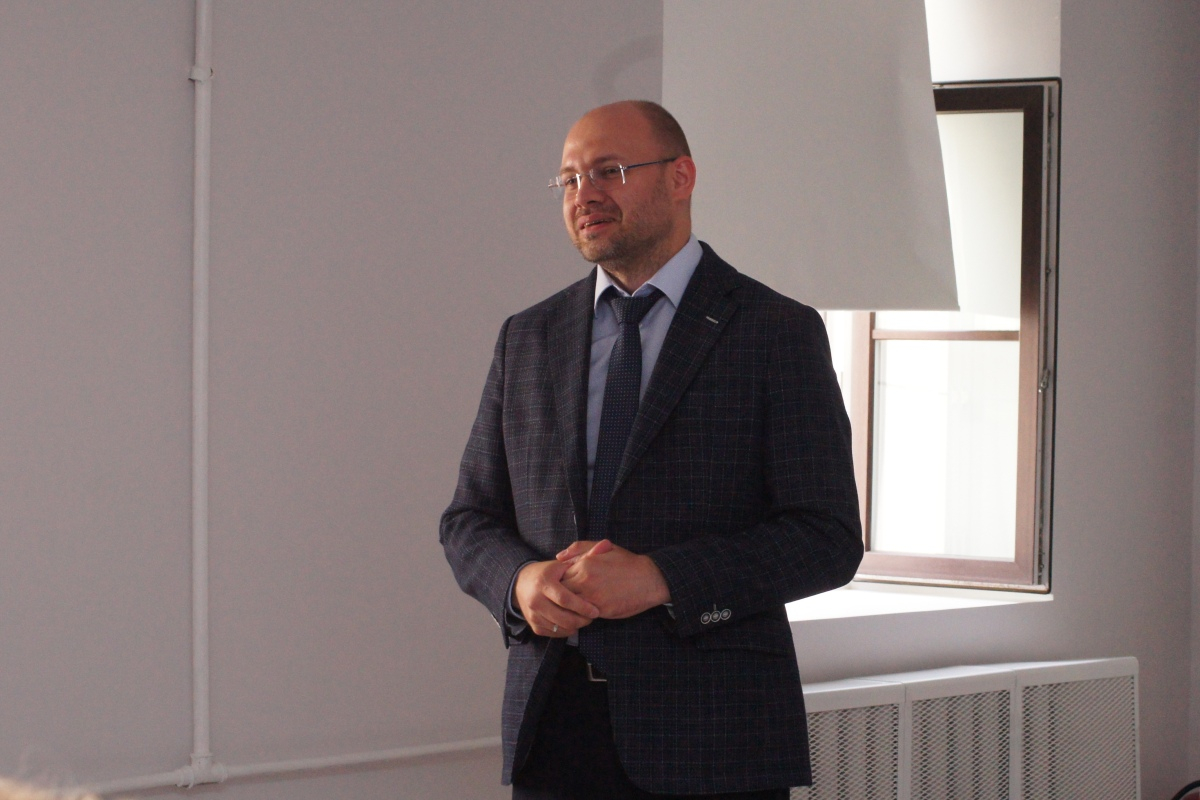Students from 16 regions of Russia take part in the Engineering Olympiad
St Petersburg University and the Central Museum of Railway Transport of the Russian Federation have summed up the results of the third season of the Olympiad for schoolchildren in the history of engineering. There was a solemn ceremony of awarding the winners and prize-takers. This year, the research contest was dedicated to bridges and bridge engineering in Russia.
Aleksandr Babich, Senior Vice-Rector for Youth Policy and Admissions at St Petersburg University, addressed the winners with a welcoming speech. He thanked the museum and the participants in the Olympiad for the work. He also spoke about the importance of the joint project of St Petersburg University and the Central Museum of Railway Transport, which continued to develop and attract an increasing number of young talented researchers.
Since we started our cooperation in 2020, we have successfully held many joint events to encourage schoolchildren to study national history. Such projects are set to preserve historical truth and memory, and we will continue to work as effectively as we can.
Aleksandr Babich, Senior Vice-Rector for Youth Policy and Admissions at St Petersburg University
Elena Besedina, Associate Professor at St Petersburg University, and Tatiana Burkova, Associate Professor at St Petersburg University, chaired the jury of the Olympiad. They said that most of the projects submitted for the contest were of an applied nature. In addition to preparing research part of the project, the participants also created models of steam locomotives, bridges, and other structures.
The programme of the Olympiad for schoolchildren in the history of engineering included a wide range of topics. The topics varied from biographies of prominent figures in the Russian bridge engineering, their contribution to the construction of communication lines and city embankments to issues related to architectural and engineering solutions for bridge designs and structures. Most of the projects of young researchers concerned the history of the development of science and technology in their native regions. Among them were the following: Novosibirsk, Chelyabinsk, Nizhny Novgorod, Yaroslavl, the Arkhangelsk Region, and other regions of the Russian Federation.
St Petersburg University and the Central Museum of Railway Transport of the Russian Federation have been cooperating in the field of education since 2020. As part of the partnership, the exhibition "Overcoming the ice of oblivion" was organised. The exhibition presented the Baikal crossing as a unique phenomenon of engineering art and a bright and heroic phenomenon of national history. There were also the following expositions: ‘At the origins of the steel highways in Russia’ and ‘Steel way of besieged Leningrad. To the 80th anniversary of the opening of the legendary Victory Road’.
Gordei Pakhnevskii, a nine-year pupil at Lyceum № 136 named after the Hero of the Russian Federation Roman Sidorov, is ranked first. He received the highest score in terms of the sum of points for the qualifying and final rounds. His research project focuses on the history of bridges and crossings in Novosibirsk. ‘Thanks to the Olympiad, I have learned a lot about my native city. In general, it seems to me that it is important for us as representatives of the young generation to see ourselves as a link in our history, to know our roots and to study fascinating facts from the life of our regions. This gives each person a tremendous support in life,’ said Gordei Pakhnevskii, explaining the choice of the topic for the contest.
The second place was taken by Vsevolod Sliusarev, a permanent participant in the Olympiad. He represented Academic Lyceum № 95 of Chelyabinsk. In his opinion, winning a prize at this contest is very prestigious. He is proud of his result. At the first two seasons, Vsevolod Sliusarev became a prize-winner, and this year he was among the intellectual leaders. To prepare his research project, he worked with literary sources and documents related to the construction of bridges and crossings in Chelyabinsk. He also searched for information in the archives of the city, including the local history department at the Chelyabinsk Regional Universal Scientific Library. The third place was taken by Arina Kaparulina from Yaroslavl.
The Olympiad for schoolchildren in the history of engineering has been held since 2020. It is the first joint project of St Petersburg University and the Central Museum of Railway Transport of the Russian Federation. The topic of the first seasons of the contest focuses on the milestones in the history of Russian roads: the 170th anniversary of the opening of the St Petersburg-Moscow Railway and the 185th anniversary of the opening of the Tsarskoye Selo Railway.
Vladimir Mitelenko, Director of the Central Museum of Railway Transport of the Russian Federation, emphasised the need to engage schoolchildren in gaining a deeper insight into the history associated with key figures that influenced the development of the Russian bridge engineering. ’In structures such as bridges, a combination of technology and beauty is clearly visible. Preserving the memory of events, people who wrote bright pages in the world history, and their inventions is therefore of paramount importance,’ said Vladimir Mitelenko. He also drew attention to the significance of the museum exhibits for young researchers. Initially, the exhibits were set to ensure the educational process. Today, the collection heritage inspires schoolchildren to new achievements.
The participants in the Olympiad received memorable gifts from the organisers. The winners and prize-takers were also congratulated by the partners of the contest. Among them were the following: Design and Survey Institute JSC "Mosgiprotrans", one of the largest Russian institutes specialising in the design of transport facilities; and Institute Giprostroymost − St Petersburg, a leading company in Russia for design of bridges and transport structures.
The Olympiad in the history of engineering is included in the Rules for admissions to St Petersburg University in 2023. The results of the intellectual contest will be taken into account when applying to the bachelor’s and specialist’ programmes at St Petersburg University. The winners and prize-takers of the contest can receive three or five points as an individual achievement. At the end of the awarding ceremony, the Museum of Bridges conducted a unique tour for the participants in the Olympiad around the main display and new exhibitions. Among them were the following: "Commonwealth of science and beauty" and "Anniversary stories of St Petersburg bridges". The display "Commonwealth of science and beauty" focuses on the famous bridge builder, architectural historian Andrei Punin.


